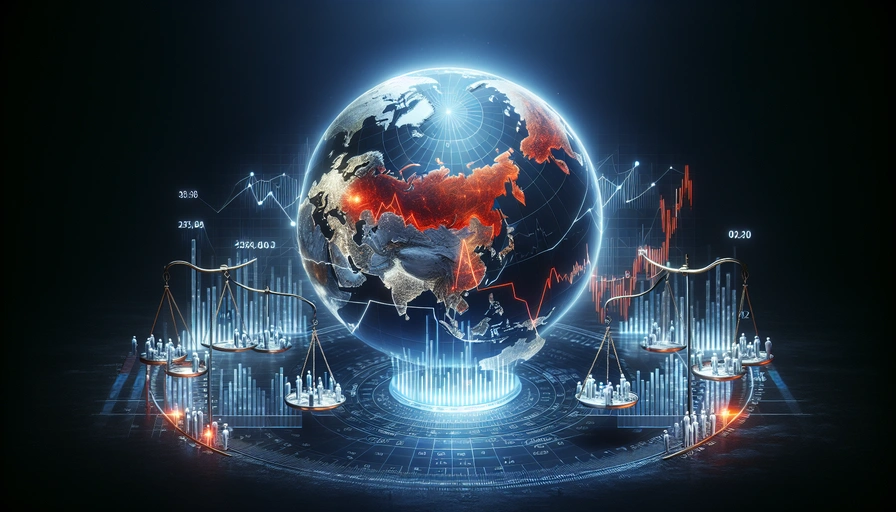The topic of ‘Russia tariff treatment’ has garnered significant attention recently, especially in light of various global economic developments. Here, we delve into the key news items that shed light on this issue and its broader implications.
- Global Oil Market Turmoil: The global oil market has been extremely turbulent, with Brent crude oil futures for June 2025 delivery falling below $63 USD/barrel. This price is crucial for the Russian budget. The turbulence is linked to US tariffs imposed on most countries, including a 10% tariff on April 5th and a 25% tariff on imported cars on April 3rd. Additional tariffs of individual amounts will take effect on April 9th. The US President declared a state of emergency due to the economic situation. Russia is closely monitoring the situation and taking steps to mitigate its impact on the Russian economy. Source
-
OPEC+ Oil Production Increase: OPEC+ announced an increase in oil production by 411,000 barrels per day (b/d) in May, raising Russia’s quota to 9.08 million b/d from a planned 9.03 million b/d. This decision aims to maintain market stability amidst concerns over reduced global oil demand due to US tariffs and potential recession. A 1% decrease in global GDP growth could reduce oil demand by 0.5 million b/d in 2025. The oil price could fall to $60 per barrel, negatively impacting Russia’s budget, which assumes an average Urals price of $69.7 per barrel for 2025. Source
-
EAEU Common Oil Market Agreement: The Eurasian Economic Union (EAEU) is nearing the completion of a draft agreement and trading rules for a common oil market, projected to launch in 2027. This agreement aims to establish a common oil market within the EAEU, with oil prices determined by global markets. Source
-
US and Russia to Discuss Embassy Banking Services: Russia and the USA agreed to a meeting regarding banking services for their respective embassies, arranged in Istanbul. This meeting is part of ongoing efforts to address economic and diplomatic issues amidst the broader context of tariff treatments and sanctions. Source
-
Russia’s International Reserves: Russia’s international reserves reached a new historical high of $658 billion USD, representing a weekly increase of $12.4 billion USD (1.9%). This rise is primarily attributed to positive revaluation. The reserves are managed by the Russian government and central bank, comprising foreign currency, monetary gold, special drawing rights, and IMF reserve positions. Source
-
EU Sanctions and US Involvement: Six EU countries (UK, Germany, Spain, Italy, Poland, and France) support new sanctions against Russia, aiming to exert further pressure on Russia using all available tools, including new sanctions. The goal is to hinder Russia’s aggressive war and ensure Ukraine’s best position for a just and lasting peace. Russian assets should remain frozen until Russia ends its aggression against Ukraine and compensates for the damage. Source
In summary, the situation surrounding Russia’s tariff treatment is complex and influenced by various global economic and political factors. The imposition of US tariffs has created significant turbulence in the global oil market, impacting Russia’s economic stability. Meanwhile, efforts within the EAEU to establish a common oil market and ongoing diplomatic discussions between the US and Russia highlight the multifaceted nature of these economic interactions. Additionally, the EU’s stance on sanctions against Russia further complicates the landscape, underscoring the need for careful navigation of these economic and political challenges.

